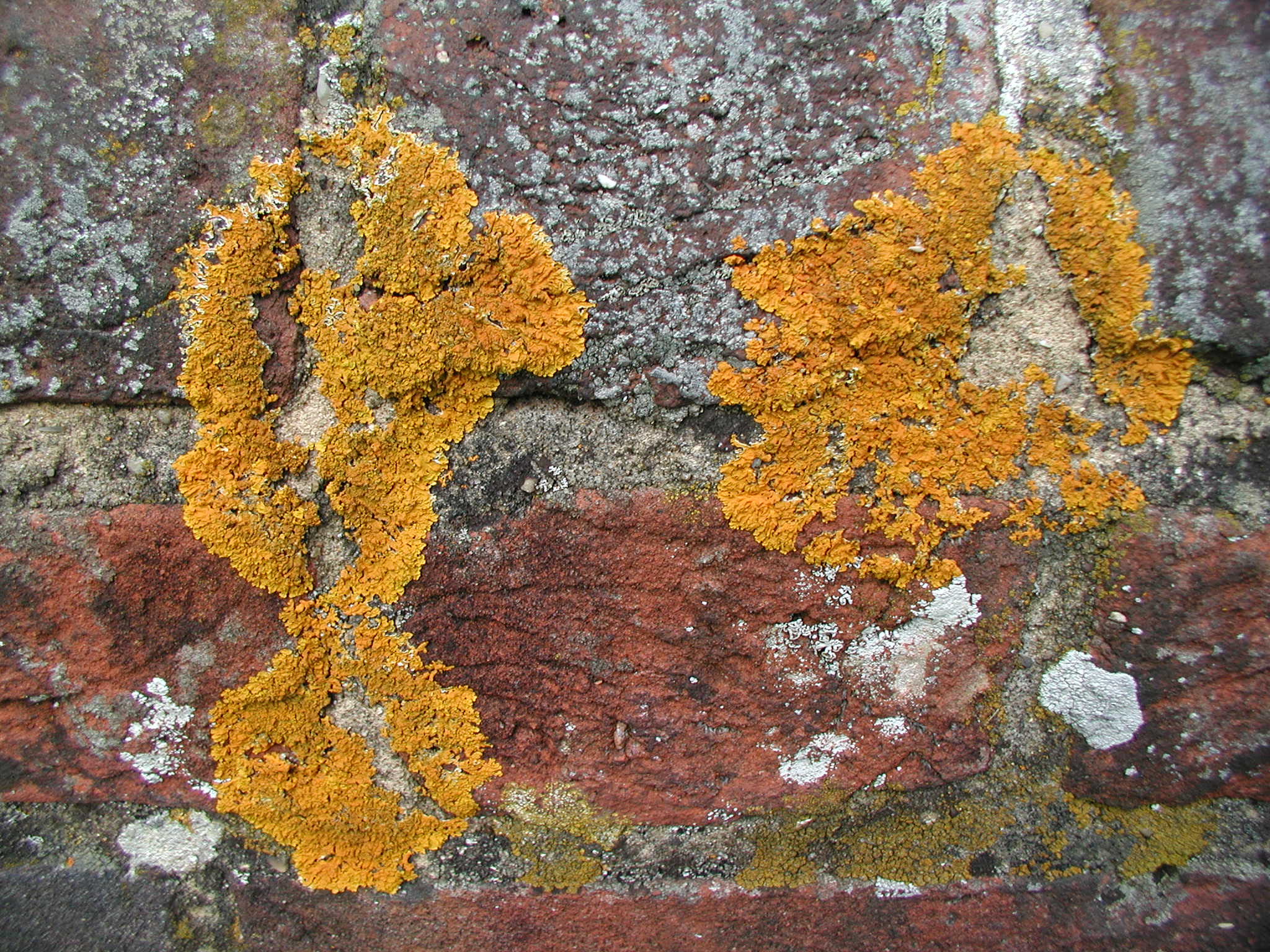|
Endolithic Lichen
An endolithic lichen is a crustose Crustose is a habit of some types of algae and lichens in which the organism grows tightly appressed to a substrate, forming a biological layer. ''Crustose'' adheres very closely to the substrates at all points. ''Crustose'' is found on rocks and ... lichen that grows inside solid rock, growing between the grains, with only the fruiting bodies exposed to the air.Lichen Vocabulary, LICHENS OF NORTH AMERICA, Sylvia and Stephen Sharnoff An example is ''Caloplaca luteominea'' subspecies ''bolandri''. References Lichenology {{lichen-stub ... [...More Info...] [...Related Items...] OR: [Wikipedia] [Google] [Baidu] |
Crustose Lichen
Crustose lichens are lichens that form a crust which strongly adheres to the Substrate (biology), substrate (soil, rock, tree bark, etc.), making separation from the substrate impossible without destruction. The basic structure of crustose lichens consists of a cortex (botany), cortex layer, an algal layer, and a medulla. The upper cortex layer is differentiated and is usually pigmented. The algal layer lies beneath the cortex. The medulla fastens the lichen to the substrate and is made up of Fungus, fungal hyphae. The surface of crustose lichens is characterized by branching cracks that periodically close in response to climatic variations such as alternate wetting and drying regimes. Subtypes * Powdery – considered as the simplest subtype due to the absence of an organized thallus. :The thallus appears powdery. :E.g. Genera ''Lepraria'', ''Vezdaea'' * Endolithic – grows inside the rock, usually in interstitial spaces between mineral grains. The :upper cortex is usually d ... [...More Info...] [...Related Items...] OR: [Wikipedia] [Google] [Baidu] |
Lichen
A lichen ( , ) is a composite organism that arises from algae or cyanobacteria living among filaments of multiple fungi species in a mutualistic relationship.Introduction to Lichens – An Alliance between Kingdoms . University of California Museum of Paleontology. Lichens have properties different from those of their component organisms. They come in many colors, sizes, and forms and are sometimes plant-like, but are not s. They may have tiny, leafless branches (); flat leaf-like structures ( |
Caloplaca Luteominea
''Caloplaca luteominia'' subspecies ''bolanderi'' (ruby firedot) is an endolithic lichen, a crustose lichen that grows ''inside'' rock, between the grains, with only the ruby red fruiting bodies exposed to the air.Lichen Vocabulary, LICHENS OF NORTH AMERICA, Sylvia and Stephen Sharnoff It is in the Teloschistaceae The Teloschistaceae are a large family of mostly lichen-forming fungi belonging to the class Lecanoromycetes in the division Ascomycota. The family, estimated to contain over 1800 species, was extensively revised in 2013, including the creati ... family. See also * List of ''Caloplaca'' species References Teloschistales Lichen species Taxa named by Edward Tuckerman {{Teloschistales-stub ... [...More Info...] [...Related Items...] OR: [Wikipedia] [Google] [Baidu] |

